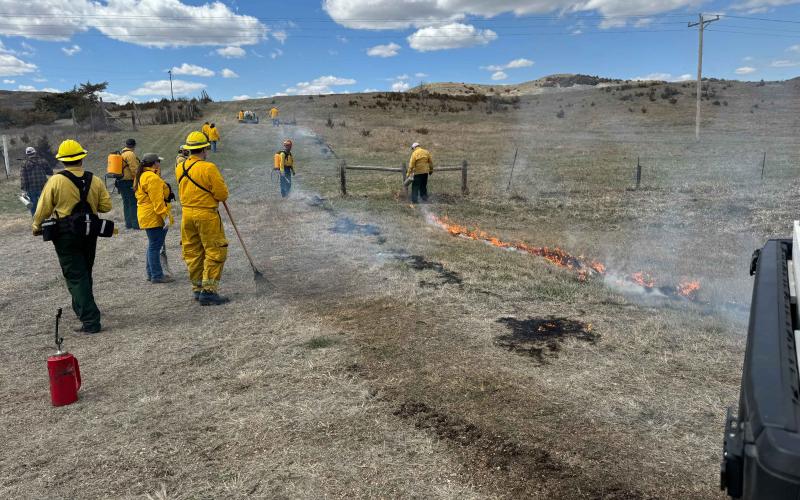Originally written by James Doyle, former SDSU Extension Natural Resource Management Field Specialist.
As the fall harvest wraps up and this year’s calf crop is weaned, many producers may be nervous about what their paychecks will look like for 2016. In tough market conditions, it can be tempting to try to squeeze just a bit more production out of the land. However, these incremental increases in production often come at the cost of increasingly expensive inputs and may jeopardize the long-term health of your natural resources. Instead, these conditions might be an ideal time to prioritize wildlife and habitat conservation, and be creative about how these often untapped resources can be used to provide additional income during the lean years.
Hunting Ventures & Additional Income
An obvious starting point when considering how to earn additional income from natural resources is through hunting. Beyond that initial point, it quickly becomes complicated. Hunting ventures, like any other enterprise, exist on a wide spectrum of inputs and profitability. The potential for profit varies widely with how much labor, infrastructure, and marketing effort you are willing to commit.
Some of the options, generally in order of low to high input/income include:
- Public access leases – administered through programs such as Game, Fish and Parks’ Walk-In Area program. These require very little input on the part of the landowner.
- Private leases – may lease hunting rights to individuals, groups of individuals, or to outfitters to guide hunters.
- Self-guided/semi-guided hunts – may offer services such as maps and tour of the property, hunting locations, lodging and meals.
- Fully guided hunts – offers an expanded level of service, room and board may also be offered. This requires the highest level of investment in terms of infrastructure, labor, and marketing.
Future articles will explore these options in greater depth, but they are mentioned here as a starting point when considering adding a wildlife enterprise to an operation.
The Bottom Line
As with any other enterprise, producers should take stock of their current resources to identify potential strengths and weaknesses for a hunting enterprise. What wildlife species are present? What are the limiting resources for your focal species of wildlife, and how will you address those? How would a hunting operation fit in with your current production cycle and labor demands? Do you have a spare house on the property that could be used for lodging, or do you need to build a million-dollar lodge? Will this be a side enterprise or do you expect to turn this into a focal point of your operation?
Addressing these types of questions can help you decide on the best way to proceed with a wildlife based enterprise on your farm or ranch. Like anything else in agriculture, you aren’t likely to find a quick buck in hunting, but it can help provide additional income and a buffer against volatile commodity markets. This may require a shift in management, but the end result may be increased wildlife populations for South Dakotans, productive working lands, and economically viable farms and ranches. For more information on how conservation can benefit your bottom line, contact SDSU Extension, South Dakota Game, Fish and Parks, US Fish and Wildlife Service, or other conservation organizations.


